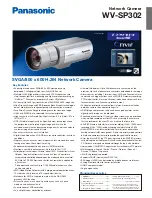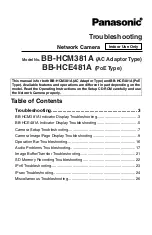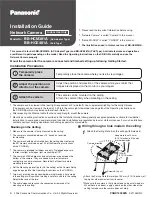
1 Introduction
ARGUS 152
9
Overview of key ARGUS functions:
xDSL interfaces (ADSL, ADSL2, ADSL2+, VDSL2)
-
Synchronisation with DSLAM (xTU-C) and determination of all relevant
connection parameters and error counters
-
Bridge, router and terminal-device modes, via IPv4 and IPv6
Ethernet interfaces
-
Gigabit Ethernet test interfaces (10/100/1000 Base-T)
-
Ethernet cabling tests
IP and ATM tests via xDSL and Ethernet
-
ATM Tests (only for ADSL)
- ATM-OAM ping, ATM-OAM cell loop, VPI/VCI scan
-
IP tests
- Ping and traceroute tests (BRAS information, PPP trace, VLAN), via IPv4 and IPv6
- Download tests for measuring throughput (HTTP-download, FTP-up/download)
- FTP server test, up/download from ARGUS to ARGUS
- Parallel testing of multiple services (VoIP, IPTV,...)
-
VoIP test
- VoIP terminal device simulation, including acoustics (var. codecs), via IPv4 and IPv6
- OK/FAIL assessment of VoIP speech quality (QoS) according to:
- MOS
CQE
(ITU-T P.800), E-model (ITU-T G.107)
- PESQ (ITU-T P.862) in conjunction with PESQ server software
-
IPTV tests
- Stream request (STB mode), IPTV channel scan, IPTV passive
- OK/FAIL assessment and display of quality parameters
ISDN functions
- U-interface (4B3T or 2B1Q) according to ANSI T1.601
- BRI interface according to ITU-T I.430 in TE and NT operation
- D-channel monitoring via BRI interface
- Testing of BRI fixed lines
- Automatic service and service-feature tests, and much more
- Assessment of ISDN speech quality directly on BRI or U-interface
- PESQ (ITU-T P.862) + MOS
LQO
in conjunction with PESQ server SW










































